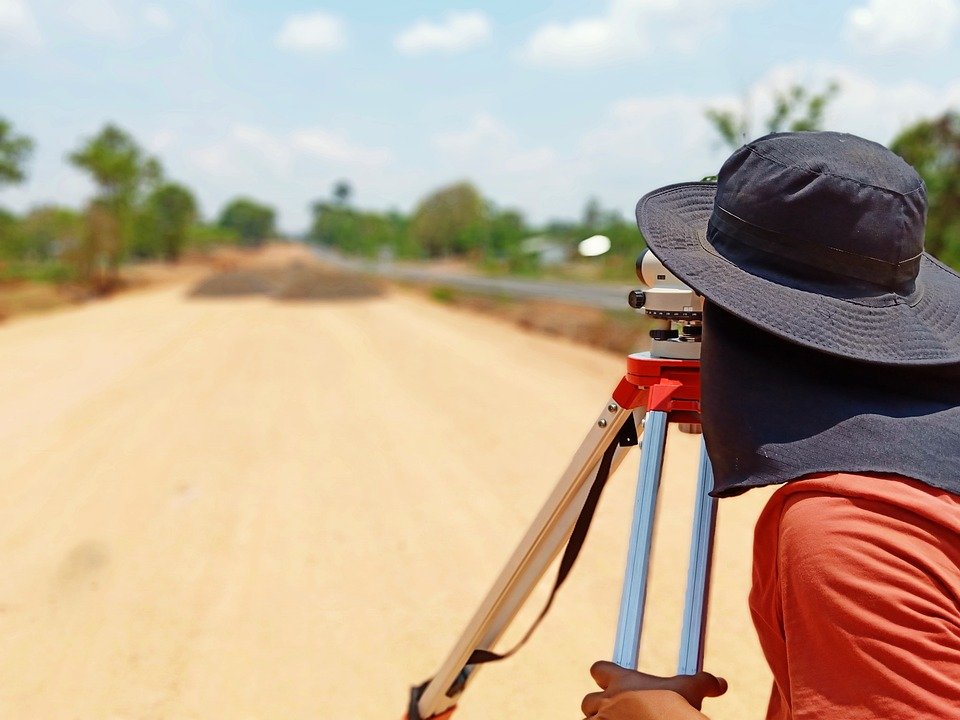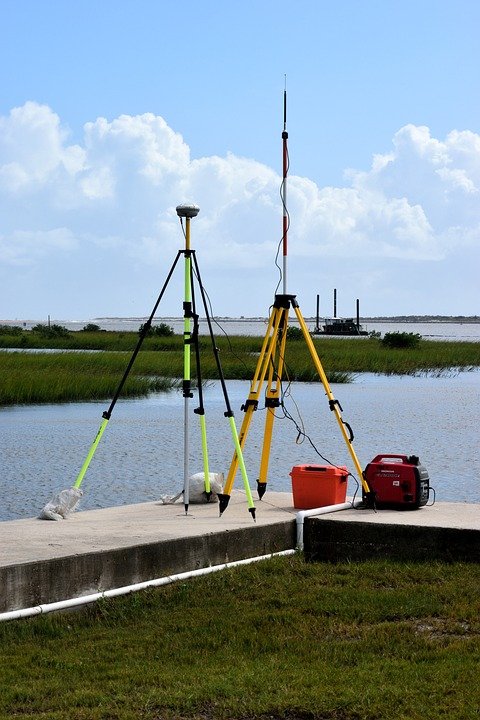[ad_1]
Cadastral Surveying: How It Impacts Property Ownership
Cadastral surveying is a branch of land surveying that deals with the delineation, mapping, and recording of land parcels and boundaries for property ownership. Cadastral surveys are used to establish and document property boundaries in relation to neighboring parcels and to create an official record of the land’s ownership. Cadastral surveys are used to establish ownership lines, identify rights and liabilities, and determine the size and shape of parcels of land. In this article, we will discuss how cadastral surveying impacts property ownership.
Establishing Boundaries
The most important role of cadastral surveying is to establish and define the boundaries of a property. The surveyor will use the legal description of the property, such as a deed, to create a “plat” or map of the land. This plat will show the exact boundaries of the property and the location of any improvements, such as buildings, trees, or fences. This map, along with the legal description, will be recorded and maintained in the public record.
Identifying Rights and Liabilities
Cadastral surveys also help identify the rights and liabilities of a property. The surveyor will identify any encroachments on the property, such as a fence that crosses the boundary line, as well as any easements, such as a utility line that runs through the property. The surveyor will also note any encumbrances on the property, such as a lien or mortgage, and any restrictions on the property, such as zoning regulations.
Determining Size and Shape of Parcels
Cadastral surveys also help to determine the size and shape of parcels of land. The surveyor will measure the boundaries of the property using specialized surveying equipment, such as a total station or GPS receiver. The measurements will be recorded and used to create a plat of the land that shows its exact size and shape. This plat can then be used to calculate the area of the land and to identify the exact boundaries of the parcel.
Conclusion
Cadastral surveying is an important part of property ownership. It helps to establish and document property boundaries, identify rights and liabilities, and determine the size and shape of parcels of land. By accurately recording these details, cadastral surveying helps to protect the rights and interests of all parties involved in a property transaction.
[ad_2]


